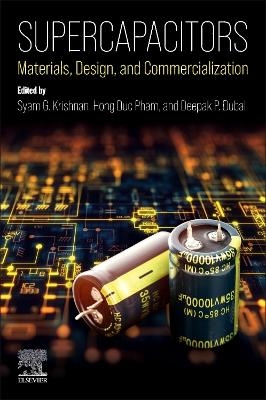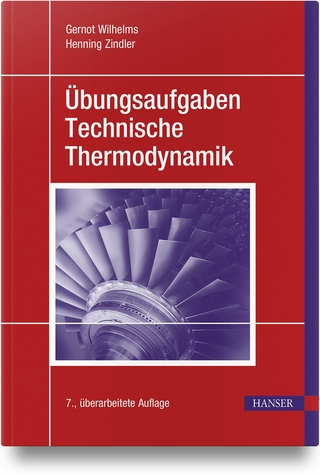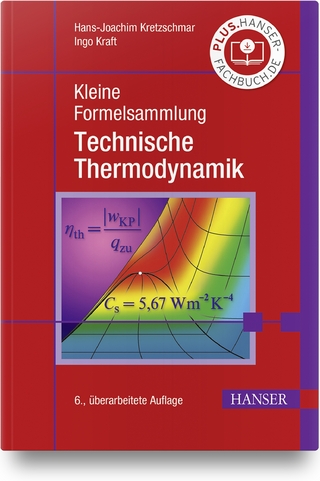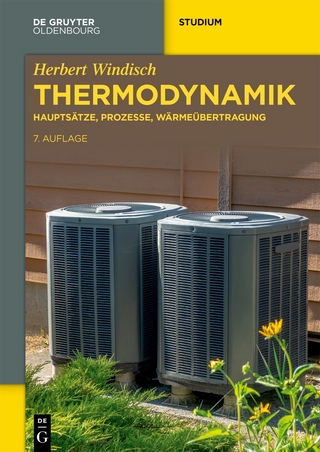
Supercapacitors
Elsevier - Health Sciences Division (Verlag)
978-0-443-15478-2 (ISBN)
This is followed by in-depth coverage of electrolytes, including the evolution of electrolytes from aqueous to water-in-salt electrolytes and their role in improving the energy density of supercapacitors. The final part of the book examines the role of artificial intelligence in the design of supercapacitors, and latest developments in translating novel supercapacitor technologies from laboratory-scale research to a commercialization.
Dr. Syam G. Krishnan is a Postdoctoral Research Fellow at Queensland University of Technology (QUT), Australia. With a research background in nanomaterials for supercapacitors, Dr. Krishnan’s research focuses on synthesis, tailored morphology, and conductivity of metal oxides and their composites, ternary metal cobaltites, polymer nanocomposites, and activated carbon for supercapacitors. At QUT, he is working on recycling of battery materials for supercapacitors, metal-ion batteries, and wearable electronics. Prior to joining QUT, Dr. Krishnan worked as a Research Fellow in the Graphene and Advanced 2D Materials Research Group (GAMRG), at Sunway University, Malaysia. He has co-authored approx. 30 journal papers, co-authored 2 book chapters, and delivered several invited talks at conferences. Dr. David (Hong Duc) Pham is a Postdoctoral Research Fellow at the Centre for Materials Science, School of Chemistry and Physics, Queensland University of Technology (QUT), Australia. He obtained a Master’s degree in biofuel production at Pukyong National University (PKNU), Republic of Korea, before joining QUT to work on the development of novel organic semiconductor materials for perovskite solar cells for his PhD, where his PhD thesis was honoured by the Executive Dean’s commendation for outstanding doctoral thesis award. He gained a postdoctoral position in 2019, and recently obtained the QUT Early Career Researcher Scheme 2021. Dr. Pham’s research interests are in developing new materials and green solvents for energy conversion and storage devices, with special emphasis on potassium-ion batteries and nanogenerators. He has authored or co-authored approx. 35 peer-reviewed research papers, and is a member of the Royal Australian Chemical Institute (RACI). Deepak P. Dubal is a Professor at Queensland University of Technology, Brisbane, Australia. With an extensive background in the field of nanomaterials for clean energy conversion and storage systems, Professor Dubal’s current research is focused on designing and engineering functional materials such as new oxides/nitrides, polyoxometalates (POMs), and conducting polymers and their hybrids for energy storage applications, with special emphasis on supercapacitors, Li-ion batteries, and beyond Li-ion batteries. He is working to develop an integrated system as a self-charging power source for wearable electronics and implantable medical devices.
1. Introduction to supercapacitors, materials, and design
2. Nanocarbons and Electric Double Layer Capacitors (EDLC)
3. Categories of Pseudocapacitors: Intrinsic, extrinsic, and intercalation materials
4. Electrochemical characterization and calculation methods of supercapacitors
5. Transition metal oxides/sulfides electrode-based supercapacitors
6. Conducting polymers and their composites as supercapacitor electrodes
7. MOF and their derivatives for supercapacitors
8. Supercapacitors based on MXene (carbides/nitrides) and black phosphorous electrodes
9. Polyoxometalates (POMs) and redox active molecular clusters for supercapacitors
10. Conventional Supercapacitor electrolytes: Aqueous, Organic, and Ionic
11. Solid-state and gel-type supercapacitor electrolytes – polymers and cross-linkers
12. Water-in-salt electrolyte – towards high voltage aqueous supercapacitors
13. Deep eutectic solvents as green and cheap supercapacitor electrolytes
14. Device configuration: Asymmetric vs. hybrid supercapacitors
15. Machine learning and data-driven materials exploration for supercapacitors
16. Translation of supercapacitor technology from laboratory scale to commercialization
| Erscheinungsdatum | 03.04.2024 |
|---|---|
| Verlagsort | Philadelphia |
| Sprache | englisch |
| Maße | 152 x 229 mm |
| Gewicht | 450 g |
| Themenwelt | Naturwissenschaften ► Physik / Astronomie ► Thermodynamik |
| ISBN-10 | 0-443-15478-3 / 0443154783 |
| ISBN-13 | 978-0-443-15478-2 / 9780443154782 |
| Zustand | Neuware |
| Haben Sie eine Frage zum Produkt? |
aus dem Bereich


